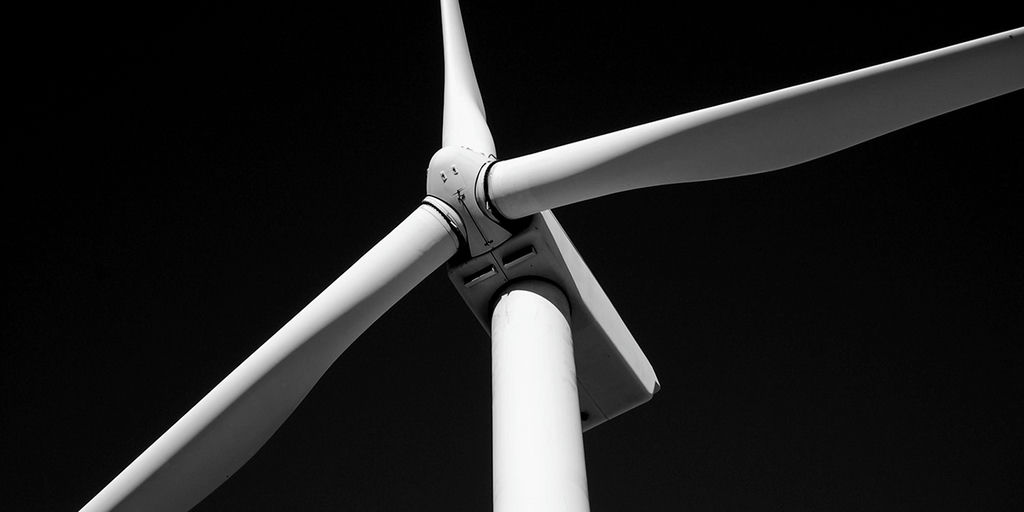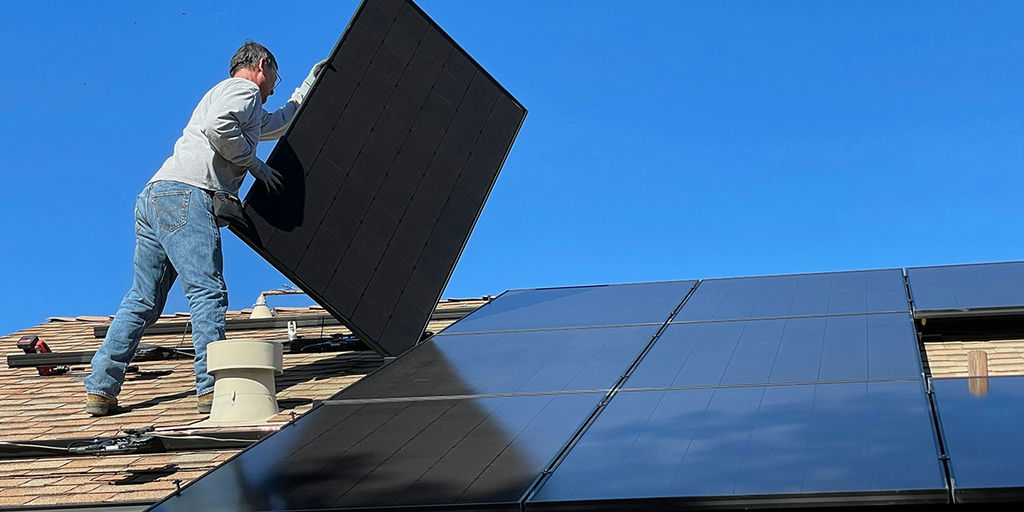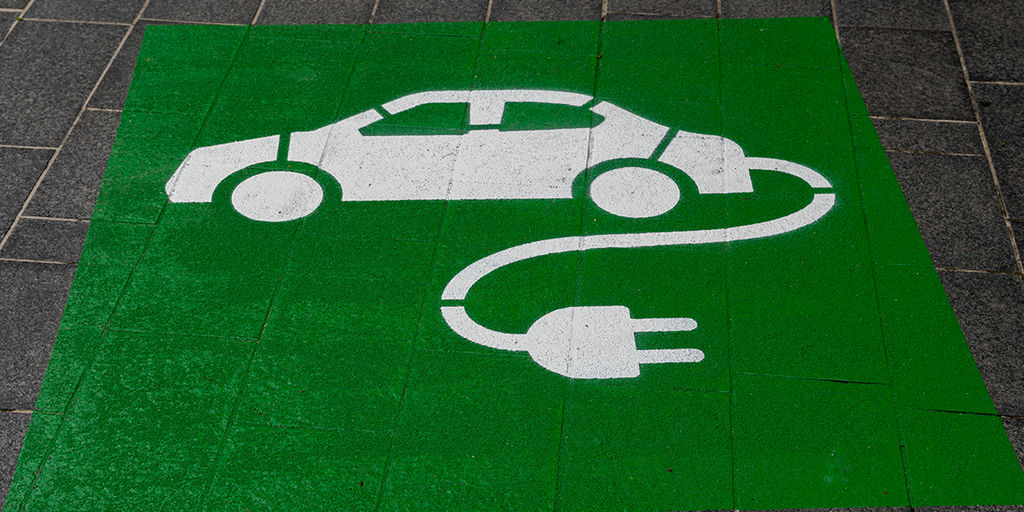What You Need to Know About Low-Income Communities Bonus Credits

[Image Source: Matt Artz/Unsplash]
This is part of a series of articles providing guidance on how taxpayers in the United States can receive federal tax credits under provisions of the Inflation Reduction Act of 2022 intended to promote clean energy. The first articles in the series are What You Need to Know About Electric Vehicle Tax Credits and What You Need to Know About Residential Energy Tax Credits.
The Inflation Reduction Act (IRA) of 2022 offers opportunities for individuals to earn tax credits for buying electric vehicles and applying clean energy technology to their homes, but the benefits are meant to be spread more widely to reduce U.S. reliance on greenhouse gas-emitting fossil fuels. Case in point: the Low-Income Communities Bonus Credit Program, which boosts the investment tax credit for electricity-generating solar and wind installations built in low-income communities or on Native American land.
“The Low-Income Communities Bonus Credit Program supports a transformative set of investments designed to create jobs, lower costs for American families, and spur an economic revitalization in communities that have historically been left behind,” said the Department of Energy (DOE).
This program is notably different from those previously featured in this series, in which taxpayers can claim EV and residential clean energy credits when they file their income tax return. Instead, the Low-Income Communities Bonus Credit Program involves a competitive application process in which a limited number of facilities will be approved for tax credit increases each year.
The IRA added a new component to the Internal Revenue Code: Section 48(e.)), which broadly provides clean electricity investment tax credits “for any taxable year in an amount equal to the applicable percentage of the qualified investment for such taxable year with respect to” either a facility that meets certain qualifications or any energy storage technology. A qualified electricity production facility, as now laid out in the code, must come online after December 31, 2024, with the expectation of emitting zero greenhouse gases.
The base credit level is 6 percent of a qualified investment for an eligible solar or wind project, according to the White House. But the credit can be boosted by 10 percentage points for projects in low-income communities or on native tribal land, and increased by 20 percentage points for a facility that is a component of a qualified low-income residential building or qualified low-income economic benefit project, said the DOE, which is managing the program with the Treasury Department and Internal Revenue Service (IRS).
Qualified facilities for the investment increase, per this August 2023 Federal Register notice, encompass only a wind facility, solar energy property, or small wind energy property. They must produce under 5 megawatts of electricity in alternating current (AC).
The program uses the federal statutory definition for a low-income community: a population census tract in which the poverty rate is 20 percent or greater; a non-metropolitan tract in which median family income tops out at 80 percent of the statewide median; or a metropolitan tract in which median family income tops out at 80 percent of the statewide median or the metropolitan area median. To be considered part of the low-income residential building program a facility must distribute its electricity “equitably” among all occupants in a building that is part of a covered housing program under the 1994 Violence Against Women Act, a housing assistance program run by the Department of Agriculture under the 1949 Housing Act, a housing program through a tribally designated housing organization under the 1996 Native American Housing Assistance and Self-Determination Act, or another select affording housing program. To be considered under the qualified low-income economic benefit program, no less than half of the financial benefits of the generated electricity must go to households that are under 200 percent of the poverty line or under 80 percent of the area's median gross income.
The IRS is authorized to approve as much as 1.8 gigawatts of electricity per year, divided across the four categories: 700 megawatts of capacity each for low-income communities and qualified low-income economic benefit projects and 200 megawatts of capacity each for projects on tribal land and qualified low-income residential buildings.
The first application window opened on October 19, 2023, and closed after 30 days. “Following the 30-day period, DOE will generally accept applications on a rolling basis and will review applications and provide recommendations to the IRS in the order applications are received until the IRS allocates all Capacity Limitation in a program year,” the DOE said.
Organizations can begin the application process at this DOE Web page. According to the agency’s latest accounting, a total of 200 capacity allocations have been approved, leaving just 365 megawatts to be allocated. More than 8,000 applications remained pending.
This series' fourth and final article will examine the tax credits available for clean electricity production and investment. In the meantime, Earth Hero has recommendations on family and community-level actions you can take to help address the climate crisis, including joining a climate action group, acts of non-violent civil disobedience, and adopting a forest.

